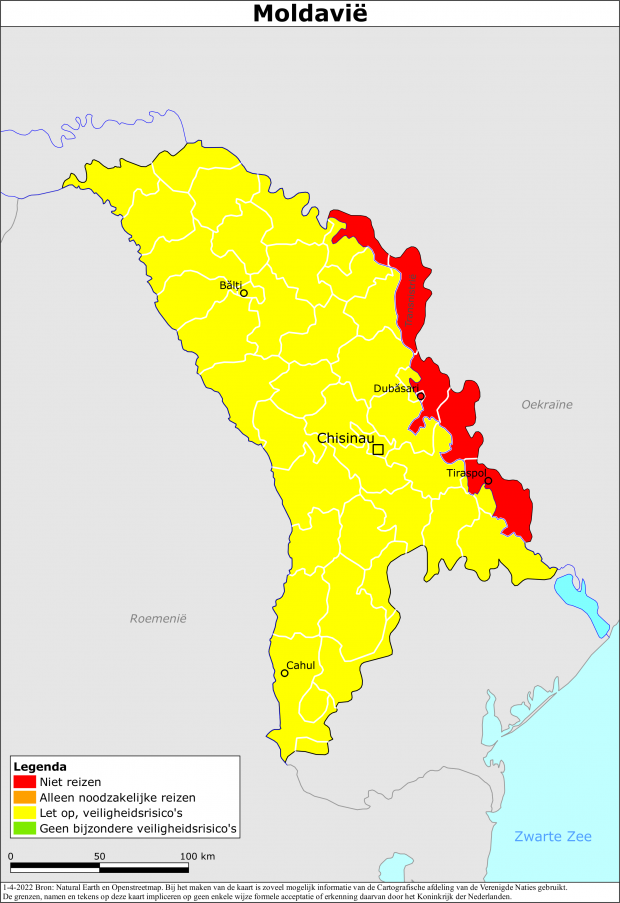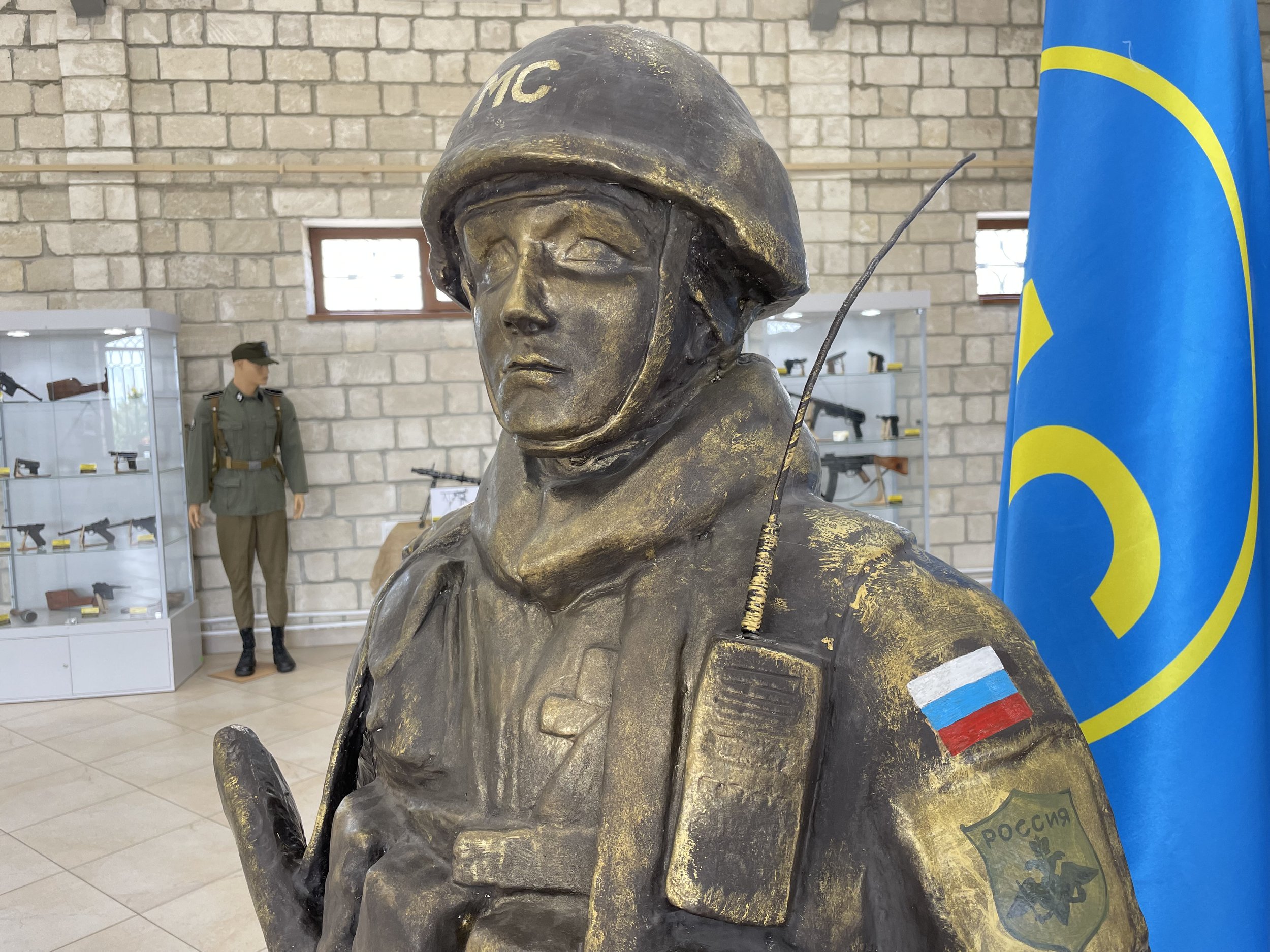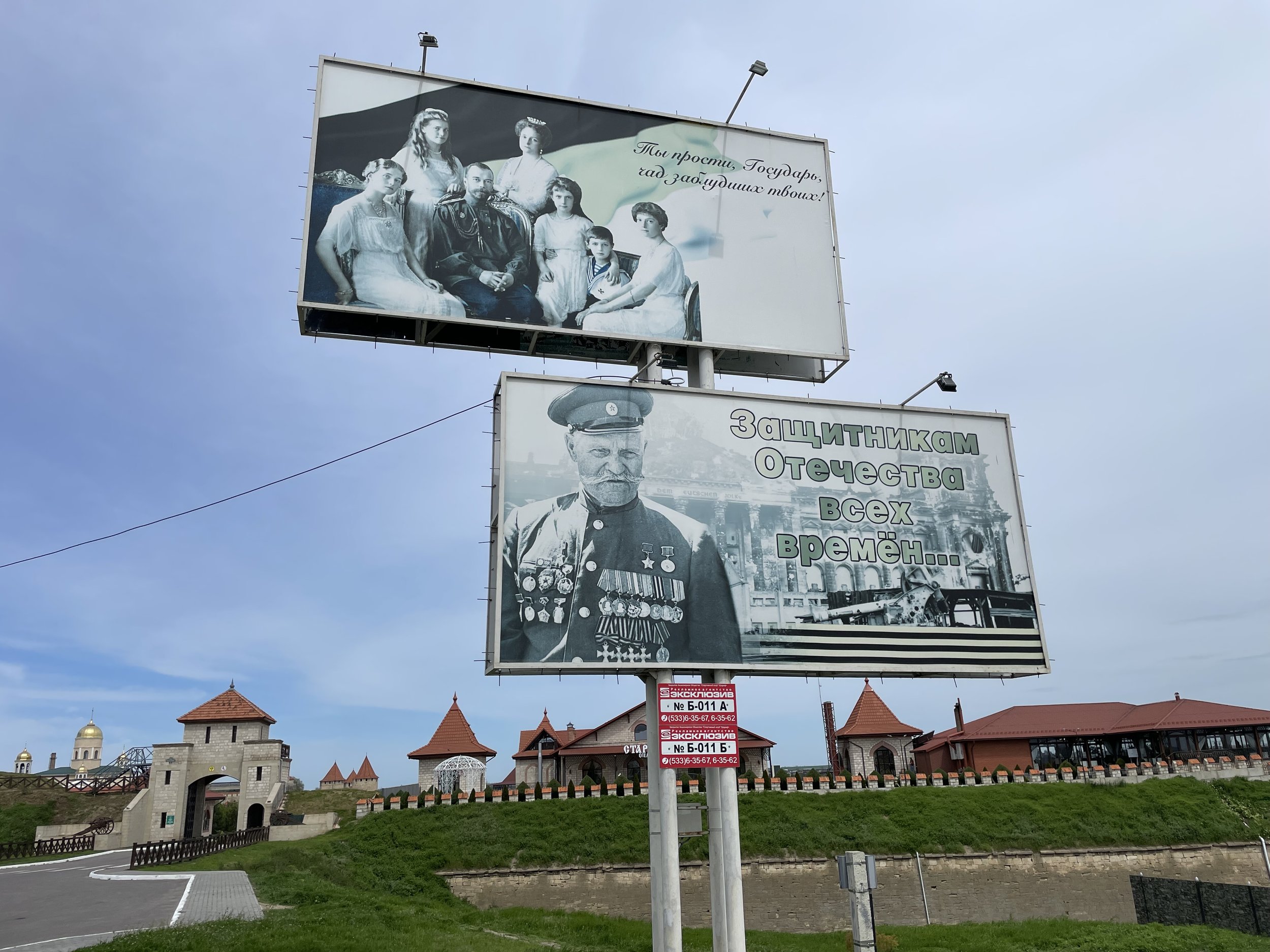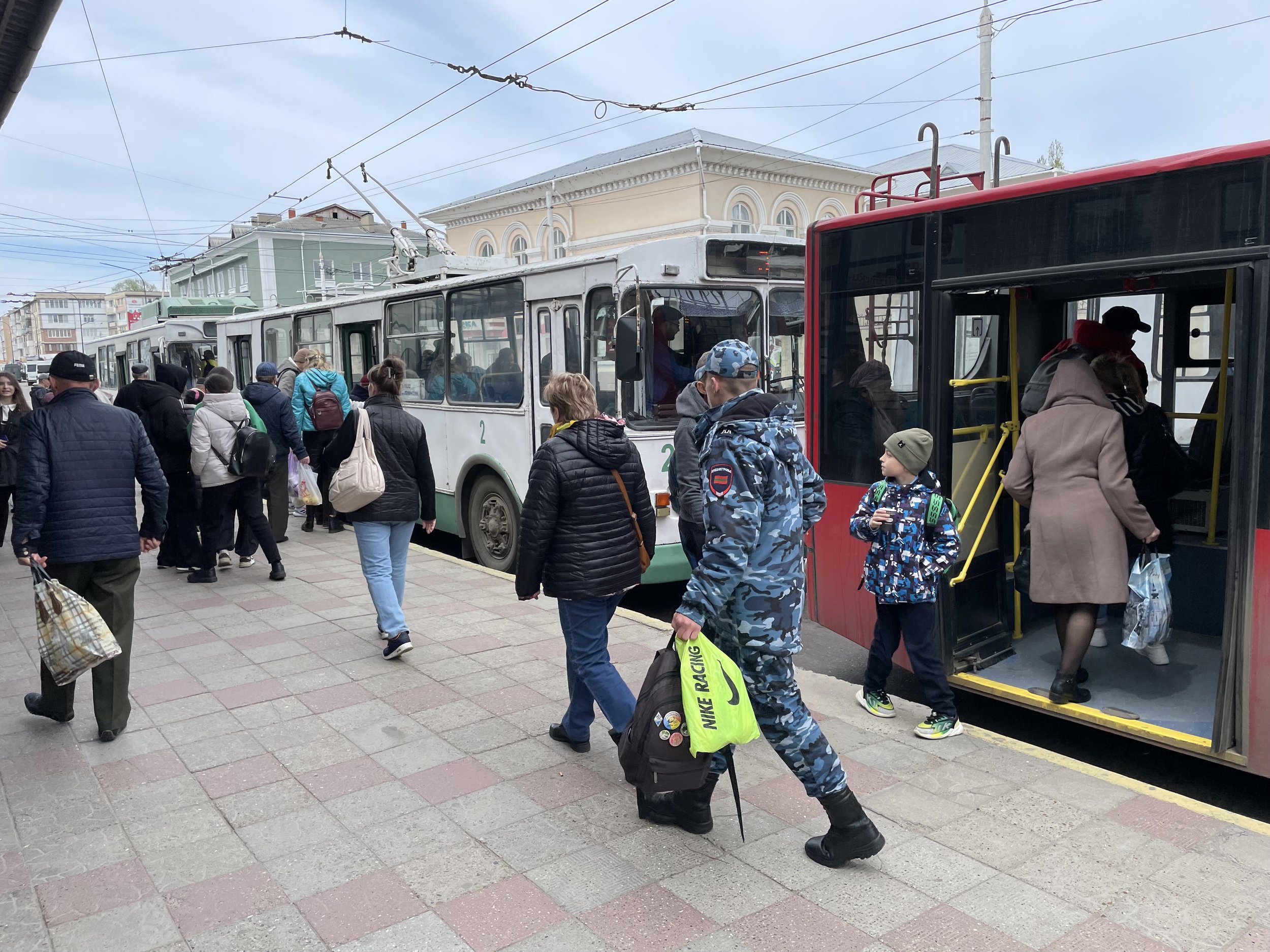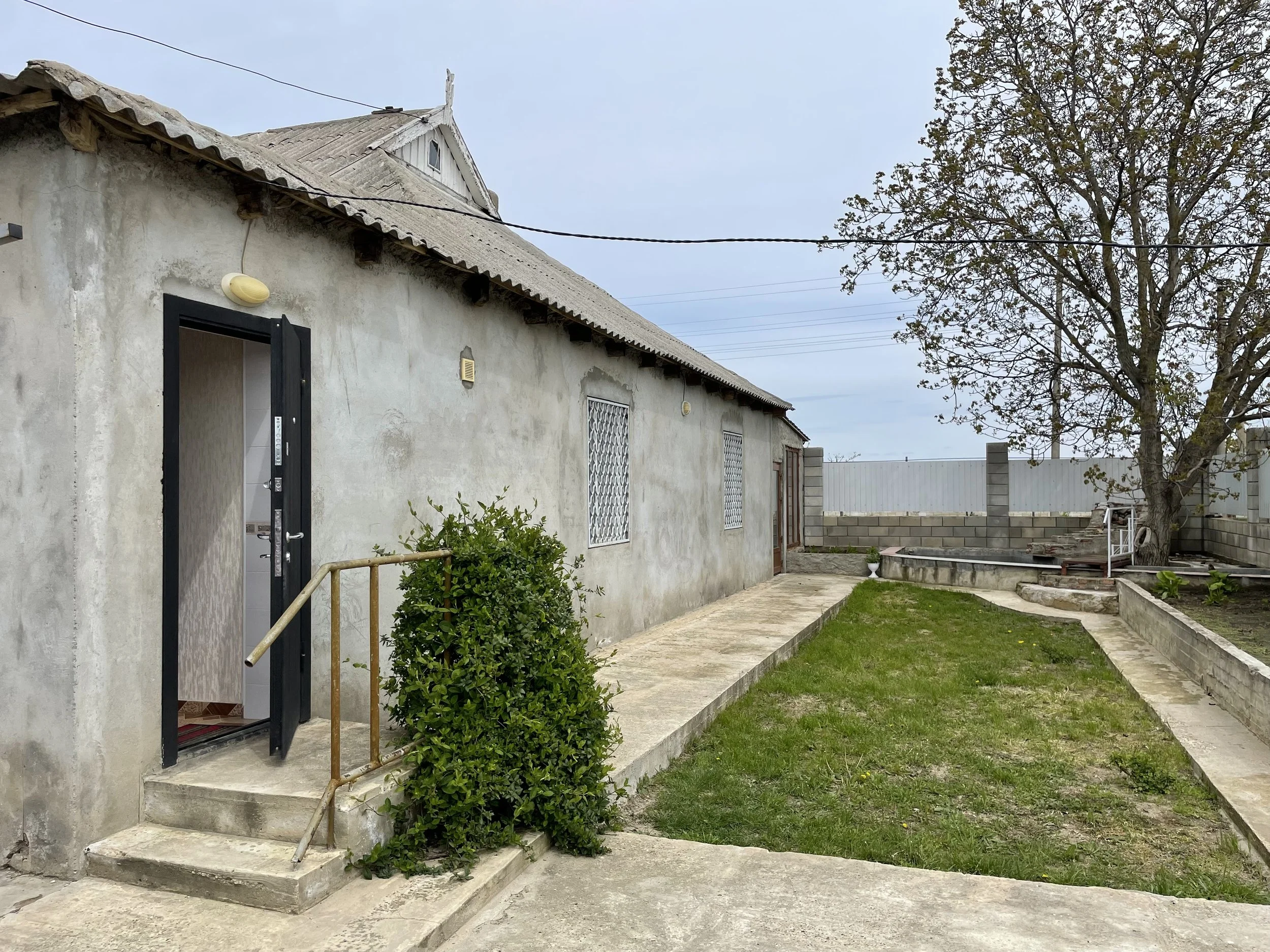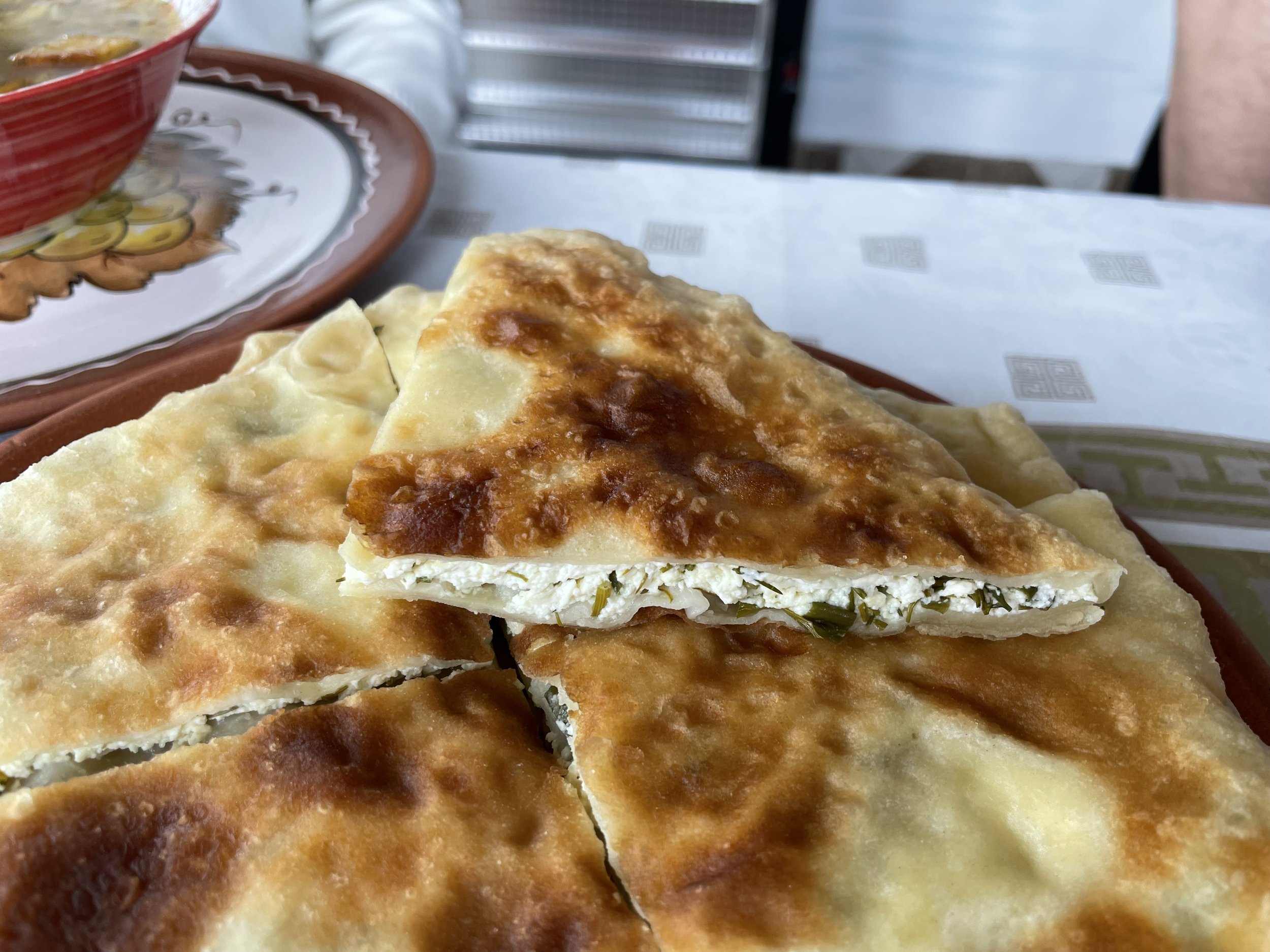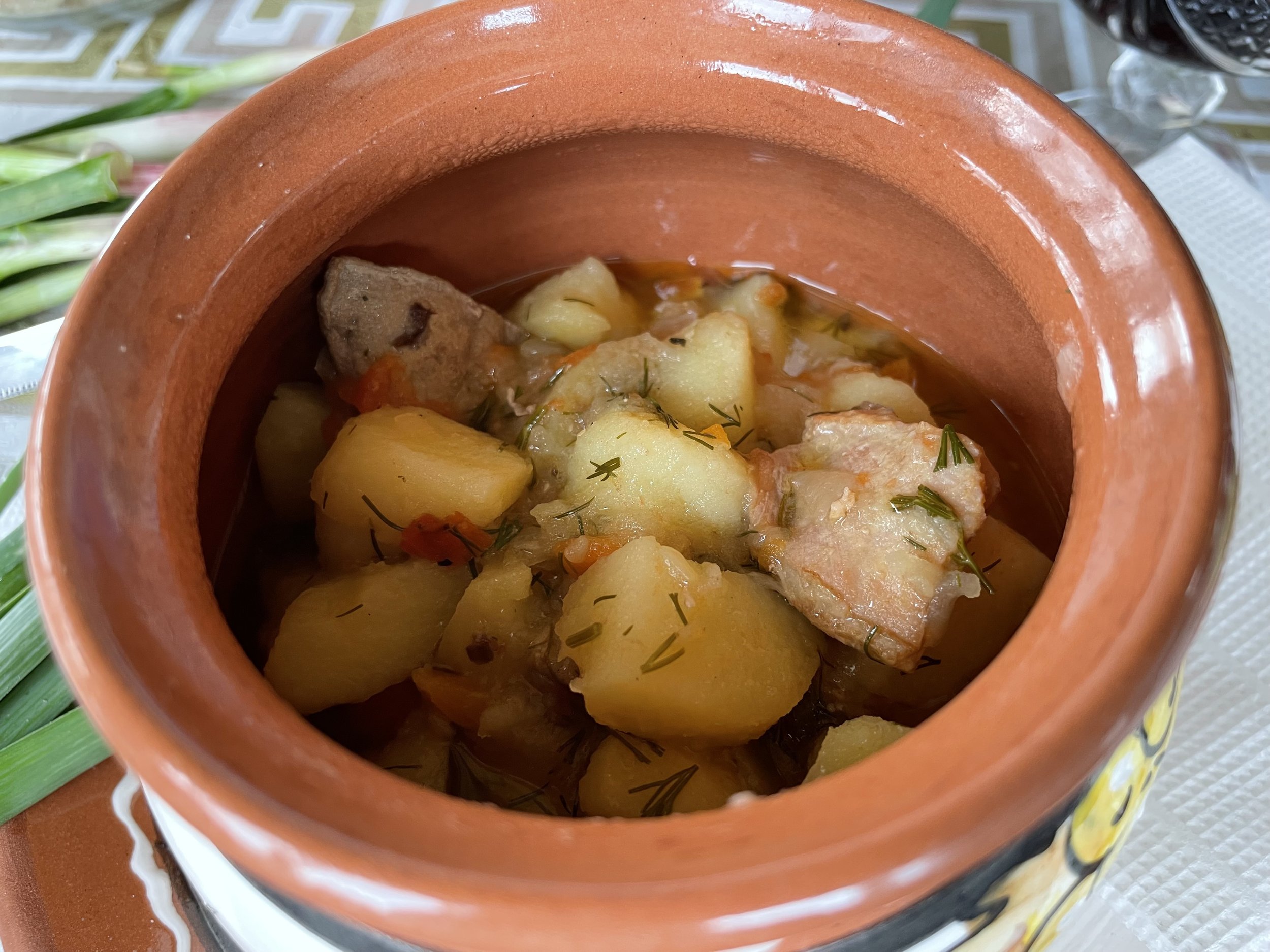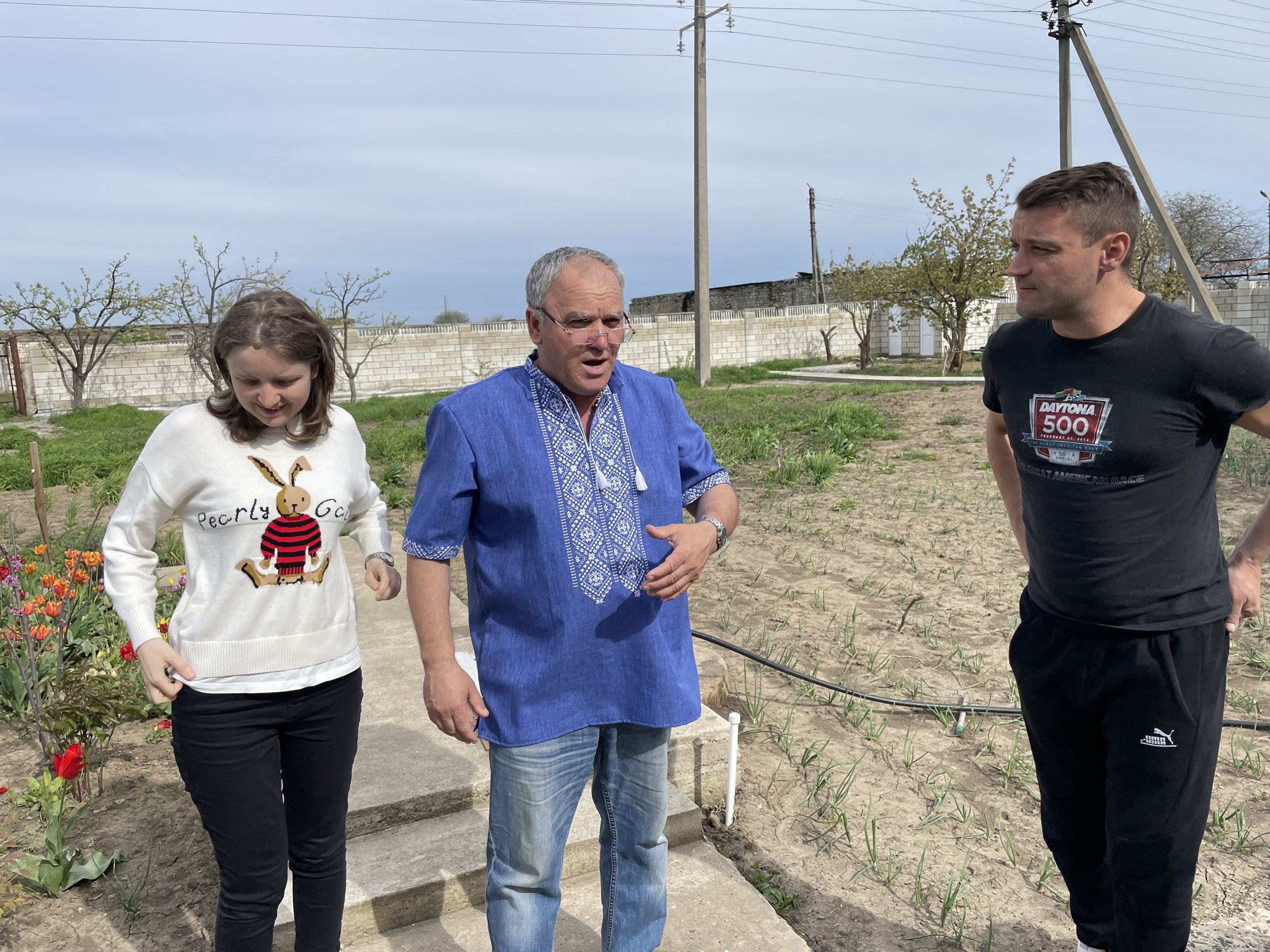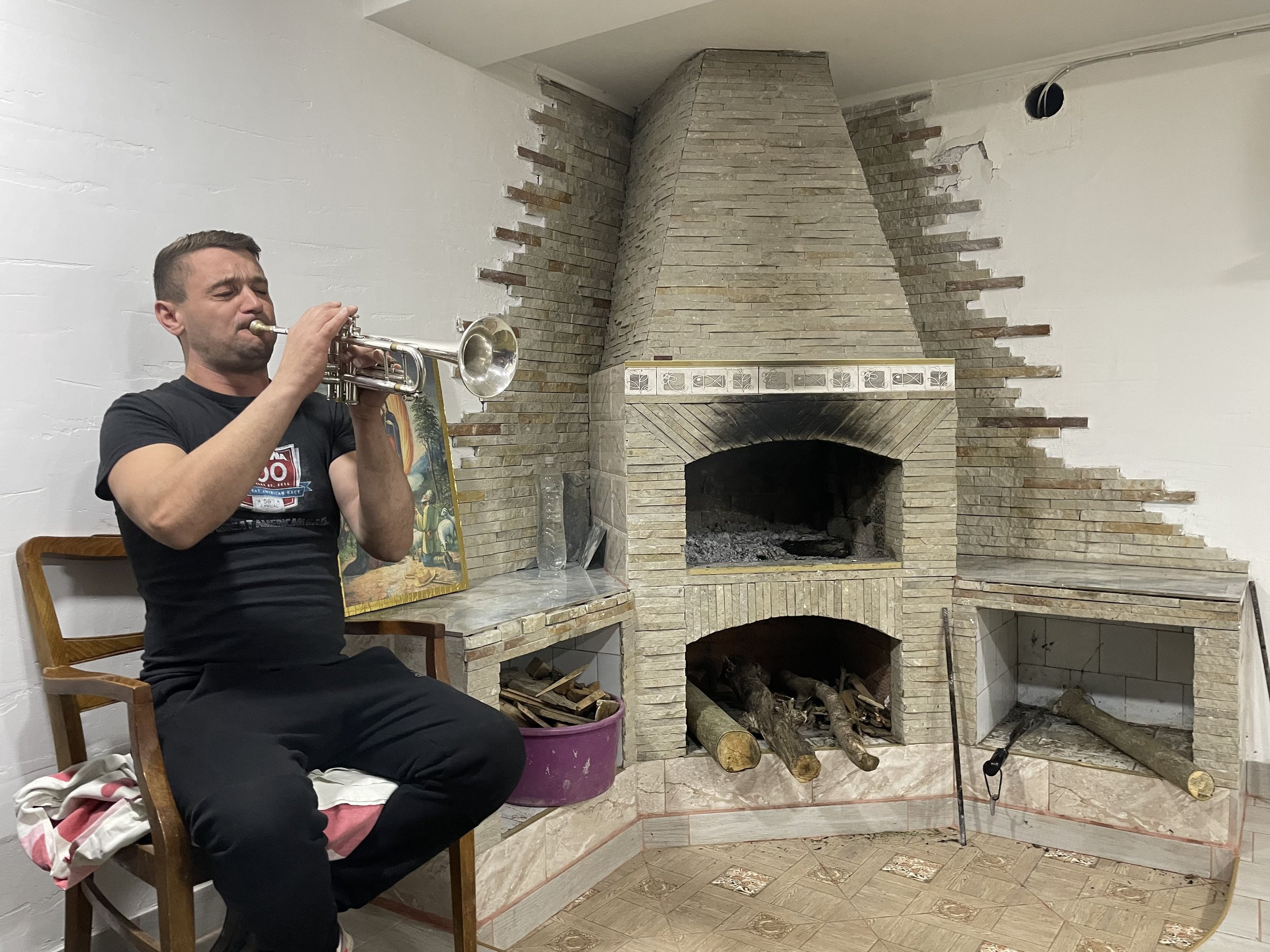Pridnestrovie - Bender
This country is better know in the English speaking world under its Romanian name “Transnistria”. Modern history of Pridnestrovie – its Russian name – began in 1989 when the Supreme Soviet of the Moldavian SSR adopted Moldovan as the official language. Under leadership of Mikhail Gorbachev, different national groups within the Soviet Union demanded more autonomy. Ethnic Russians and Ukrainians feared that Moldova would reunite with Romania and on 2 September 1990, the Pridnestrovian Moldavian Soviet Socialist Republic (PMSSR) was proclaimed as a Soviet republic.
Two months later Moldovan forces entered and in the ensuing fights, the first three locals were killed. By 1992 the Soviet Union has ceased to exist and the Russian 14th Guard Army moved in, which led to the bloodiest battle of the conflict in Bender. Even the ultra-nationalist Ukrainian National Assembly – Ukrainian People's Self-Defence fought alongside Russia against Moldova. The following quote is attributed to the Russian Lieutenant General Lebed of the 14th Army: "I told the hooligans [separatists] in Tiraspol and the fascists in Chișinău – either you stop killing each other, or else I'll shoot the whole lot of you with my tanks"
The Moldovan army was not in a position to defeat the PMR and the 14th Army. On 21 July 1992 a ceasefire agreement was signed, which lasts to this day.
Monument to commemorate the war of 1990-1992, BMP-2 infantry vehicle of the PMR.
Bellow a rare photo of the Battle of Tighina (1992). Many images of the war are video stills. It is estimated that one thousand people were killed in the conflict. Wikipedia: Transnistria War.
Attribution: Mid.gospmr.org
Moldovan BTR-80 destroyed.
Transnistria is only recognised by Abkhazia, Artsakh and South Ossetia. The Dutch Ministry of Foreign Affairs therefor deems the country too dangerous to visit. Not even Russia recognises Transnistria as an independent country, although Russia has an army base in Transnistria and Russian ‘peacekeeping’ forces are operational. In practice Transnistria is perfectly safe to visit.
My first visit was on a booked tour with Татьяна (Tatania) as my English speaking guide, even though her German was even better. Her father was our designated driver. There was another person on the tour, associate Professor Thomas Mohr of University College Dublin. Bender (or Bendery) is located on the western bank of the Dniester River and this is the first town after the border. Bender is also located in the buffer zone between Moldova and Pridnestrovie.
“The color code of the travel advice for the Transnistria region is red. This means that it is too dangerous to travel there. Whatever your situation, don’t go there.”
Bendery Fortress
One of the tourist attractions is Bendery Fortress, also known by its Romanian name Tighina Fortress. The earliest version of the fortress was built during the reign of Prince Stephen the Great on an even more ancient site. In 1538 it was conquered by the Ottomans under command of Turkish sultan Süleyman. After the Russo-Turkish wars, the fortress fell under the Russian Empire, but also lost its strategic importance. Between 2008 and 2012 the fortress was restored, but with little regard for historical accuracy.
Charles XII of Sweden spent time at the fortress after the Battle of Poltava (1709), which he lost. The Swedish defeat at Poltava marked the beginning of Russian military rule in the Hetman state (modern central Ukraine) and the founding of the Russian Empire. Charles XII, together with 1500 of his men, lived among the Ottomans for five years until he overstayed his welcome. He was captured during the Kalabaliken I Bender (Skirmish at Bender) and later released.
Below is a monument for Baron Munchausen and his cannonball. The historic Baron Munchhausen participated in the Imperial Russian army under the command of Burkhard Christoph von Münnich during the Russian-Turkish war of 1736-1739. Münnich tried to capture Bender fortress, but failed to do so. At least Baron Munchausen’s buste made it to Bender.
Russian ‘peacekeeper’ in a small military museum at Bendery Fortress.
The top billboard is an actual photo of Nicholas II of Russia and his family taken in Livadia Palace, Crimea in 1913. The text is difficult to translate because it is written in old literary Russian but can be translated as “Tsar, forgive your children, who lost the [correct] way.”
The lower billboard says: Защитникам Отечества всех времён… Defenders of the Fatherland of all times...
View of Bender fortress from the road.
Russian presence
It is actually the Unified Control Commission, which manages the buffer zone between Moldova and Transnistria and consists of Moldovan, Russian and Transnistrian soldiers, each about 500. Russia has an official mandate to keep 500 peacekeepers in this territory. But, according to International law, Russia also keeps 1500 soldiers illegally in Transnistria divided into “peacekeepers” and the Operative Group of the Russian Troops, OGRT. Between February and April 2023 these troops undertook military manoeuvres without coordination with the Unified Control Commission, heightening tensions in a time of war.
Farmer’s market in Bender.
Home grown produce is sold at the market.
Just like Moldova, Transnistria is landlocked. But fresh water fish is sold at every market.
Inside Столовка СССР in Bender, a Soviet nostalgia canteen.
Bender has about 91.000 inhabitants and feels like a small city. Trolley buses are the main form of transport. There is even a trolley bus line all the way to Tiraspol, well over 15 kilometers. Google Maps shows Tighina as the name for Bender, which is the Romanian name.
We were invited by Tatiana to have lunch at her parents’ house. The house was in Parcani, also known as the ‘Bulgarian village’, which is located between Bender and Tiraspol. The village has a population of whom 95% are ethnic Bulgarians. Another piece of the geopolitical puzzle. These are Bessarabian Bulgarians who settled in this region after moving from Ottoman territory to the Russian Empire because they supported the Russian Army during the Russo-Turkish wars.
We took a trolley bus to Parcani. Her mother had prepared an amazingly fresh lunch in the comfortable house. Her father Dumitru operated the wine dispenser, filled with home made wine. I much prefer the Moldovan home made wine. The alcohol percentage must have been quite low because I lost count after five glasses and I didn't get completely hammered. But the mood became very jolly.
Front door of the family home in the Bulgarian village.
The ubiquitous Plăcintă, apparently a Latin word which means ‘flat cake’, filled with cheese and herbs.
Potato-meat stew.
Moldovan “Zeamă” chicken soup. This version was better that the other versions I had in local restaurants.
Fresh spring onions from the garden.
I was pitted against Thomas of Dublin in a contest to win a jar of homemade marmalade for showcasing our drumming skills on tambourine. I think it is safe to say we were both equally ill-equipped when it came to keeping rhythm. As a consolation we both won a jar of home made marmalade. I barely managed to smuggle the marmalade through customs at Vienna Airport. It took two custom officers to decide that the marmalade was safe to import into the EU.
Dumitru, Tatiana’s father loved to sing and play the accordion, Sergey popped up out of nowhere, he apparently was a seasoned musician. We didn’t find a common language, but his artistic energy surpassed language. Despite the tambourine humiliation, I enjoyed the hours in the “Bulgarian village”. The food and wine was great and it became clear that Moldovan food is best tasted home made.



